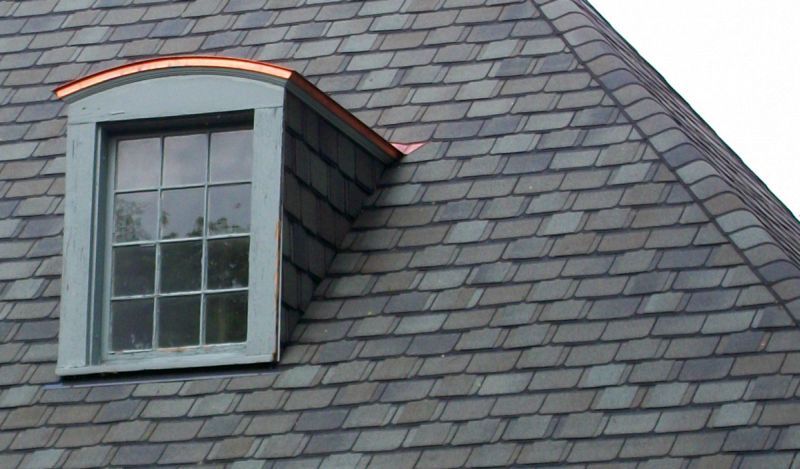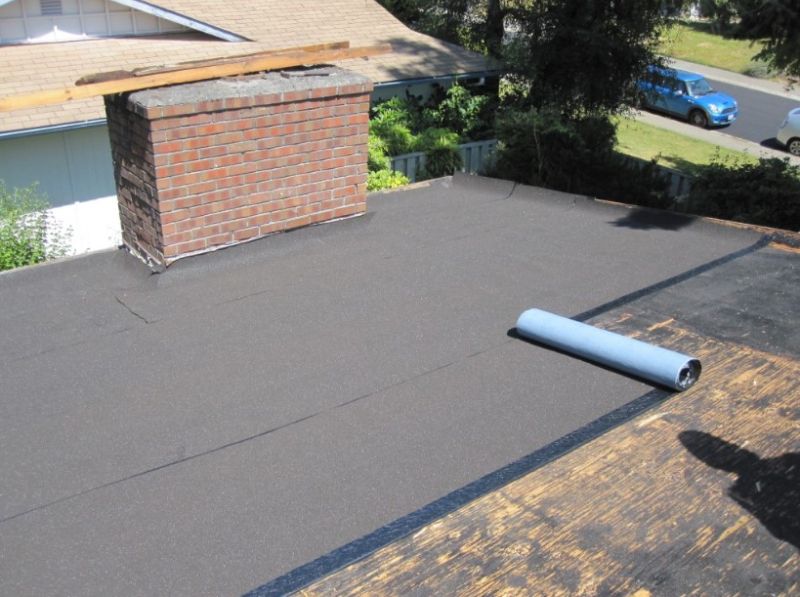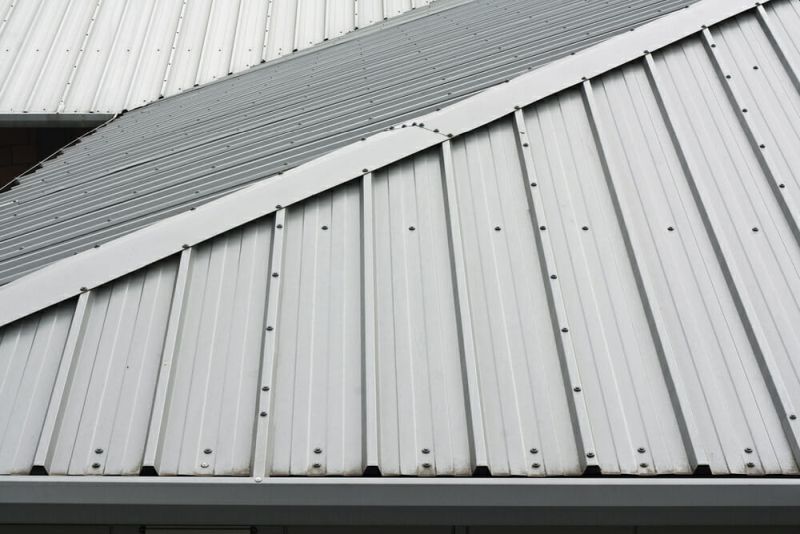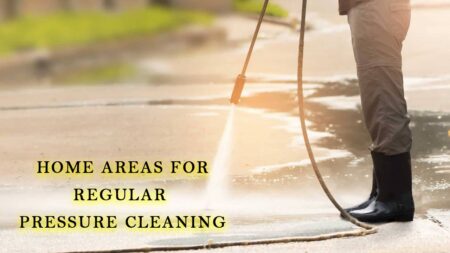Installing a new roof has to fall among the most ambitious and exciting projects to boost the curb appeal of your home. Unless, of course, you are dealing with a leak or some other emergency and are installing a new roof because it must be done.
A damaged roof invites different types of pests, bugs, bacteria and even moisture that make the environment of your home disturbing and unhealthy. Moreover, the moisture causes rotting, molding, and damages your walls and ceiling. Renovating damaged roofs is also important for the security of your house and the well-being of your family.
Choosing the Right Material
There are many factors to consider when planning to replace the roof, including the choice of material, the climate in your location, budget, and the style of your house.
You should do some research to find out what roofing material suits your needs. You might consider a new type of roofing material rather than replacing it with the same material that you have now. The guide below will help you understand different roofing materials you should know before starting a roof renovation project.
Different types of roofing materials to choose from include:
Asphalt Shingles
Asphalt shingles are the most commonly used roofing material. Typically, most appropriate for a steep pitch, they offer the best reinforcement for harsh conditions. Asphalt shingles can be either organic or made of fiberglass. The organic variety consists of various types of cellulose fiber bases that are then coated with mineral granules to impart various colors.
Fiberglass shingles have a fiberglass mat with both, a top and bottom layer of asphalt that contains the mineral granules for color. The advantage of asphalt shingles is that they are fire-resistant and come in different classes of fire-retardant grades.
Asphalt shingles can also be coated with copper or zinc ceramic granules to provide an extra barrier against the growth of mold and to add protection against humidity in warm weather climates. Asphalt shingles not only come in a variety of colors, but they can also be textured, which can enhance the aesthetic look of your roof.
Also Read: Why Consider Tesla Solar Roof for Your Home?

Wood Shakes or Shingles
Typically made from southern pine, cedar, redwood or other hardwoods, wood roofing are popular in California and some parts of the Midwest and Northwest regions. Shingles are either constructed from machine saws or are handmade. The latter gives homes a more rugged appearance with amazing wood tones that include amber, reds, golds, and browns.
One of the biggest disadvantages of wood shingles is that they are less fire-resistant than other types of roofing materials. If you are living in a dry zone or a place prone to forest fires, wood shakes or shingles are not a great idea.

Tile Shingles
Tile shingles are either made of concrete or clay. Most commonly used in mansions or Spanish-style architecture, the tops of these shingles are round. Usually used in places like Florida or the Southwest, they are also preferred in French, German and English-style flat roof exteriors.
The advantage of clay tiles is that they come in a plethora of finishes and colors, which transform your house into a wonderful masterpiece. They have a long life expectancy and are known to last up to 50 years.
Tile shingles are preferred since they offer greater protection against insects, rotting, and molding, which also promotes longevity. Since, it is a very heavy roofing material, not all structures will be able to accommodate a tile roof.

Slate Shingles
Slate shingles may be the finest roofing material available. Roofs with this type of shingles may last hundreds of years. Slate roofs have been around for years and even modern homeowners are inclined at installing them over rubber slate replicas. The installation of a slate roof needs precision and skills.
One reason for the slate’s superior roof-tiling quality is its cleavage abilities. Think of a good piece of slate-like a deck of cards. Because slate is a sedimentary rock, it is formed of many layers, and these layers can cleave off like the individual cards in a piece of slate.

Rolled Roofing
Rolled roofing material works impeccably for a low-sloped roof. These long rolls are about 100 square feet and 3 feet wide, and have asphalt-impregnated material and are topped with mineral granules. Rolled roofing can last up to 10 years before it needs replacement.
These large-format strips of thin roofing material offer a fast, convenient, and inexpensive way to cover a sloped-roof building. Rolled roofing can be applied either with the torch-down method or with roofing nails.

Synthetic Roofing
Synthetic roofing products include roof covers that are made from wood, slate, and shakes, but they are composed differently and do not have the same characteristics or properties of their original material. They are usually made out of vinyl, plastic and other synthetic materials in order to mimic the appearance of slate and wood roofing tiles. It enables you to give the luxurious appearance of a slate roof to your home without compromising durability.
Synthetic slate roofing is extremely lightweight and easy to work with because it can be easily moved in large quantities and quickly installed on your roof. The overall installation costs in terms of both time and money are less than the original slate and wood shingles.

Also Read: Solar Patio vs. Rooftop Panels: Which One is Better?
Built-Up Roofing
Built-up roofing is ideal for flat roofs or those with a very low pitch. These systems are constructed with multiple layers of roofing felt impregnated with hot-applied asphalt. It is durable and impenetrable as the felt is applied in overlapping layers to form a thick barrier with a layer of finely crushed stone embedded in hot tar over the top.
Modern built-up roofing products incorporate a rigid insulation layer for improved energy efficiency. Mostly, it is comprised of three parts: bitumen material, ply sheets, and one or more surfacing materials. Built-up roofing material tends to fare better in warmer climates than in cold regions.

Metal Roofing
Metal has enjoyed a recent resurgence led by demand for durable, eco-friendly roofing and the introduction of new styles. Metal roofing is still manufactured in rolls, but most is rigid sheet roofing with standing-seam panels and modular press-formed panels that can be painted or coated with granules.
Standing-seam metal roofing is very popular, particularly in regions that receive heavy snowfall or where fires are common since it’s a foolproof material. Known for its longevity, metal roofing is also fully recyclable at the end of its lifespan.
The manufacturing process of metal allows for a variety of aesthetic options including traditional metal roof style or roofing made to look like shingles, shakes, and tiles. The most common metals used in the process are aluminum, lightweight steel, and zinc. Copper metal roofs are beautiful but are a costly alternative.

These are some of the commonly used materials for roofs. You can also explore other roofing materials including solar tiles.
When you plan to rework or construct a new roof, you need to be sure of the material you are going to use first up. Additionally, you should be sure of who is going to do the installation for you. Installing a roof is easier said than done, you will need a roofing expert to pull off the job for you.
Once you’ve decided which type of roof is best for your region and what style you like, check through your homeowner’s insurance to see if it can cover some of the associated costs. A roof is an expensive hit to your budget. If a leak or roof damage that’s forced you into reinstallation is because of the weather, it may be covered under your insurance policy.
Follow Homecrux on Google News!




